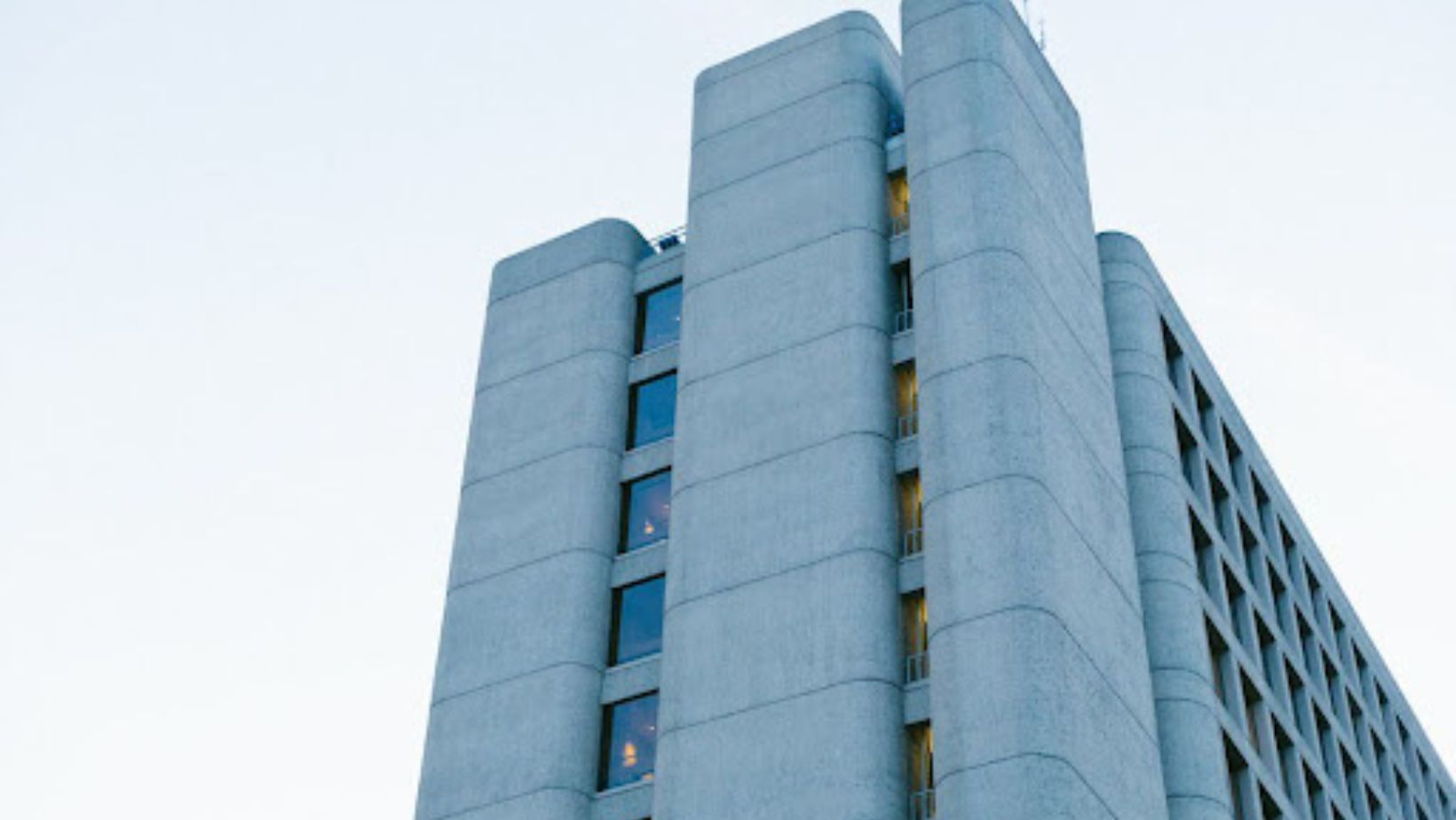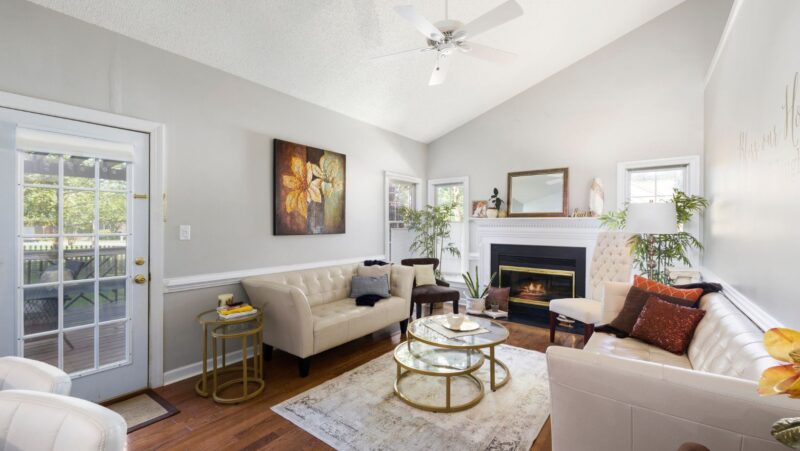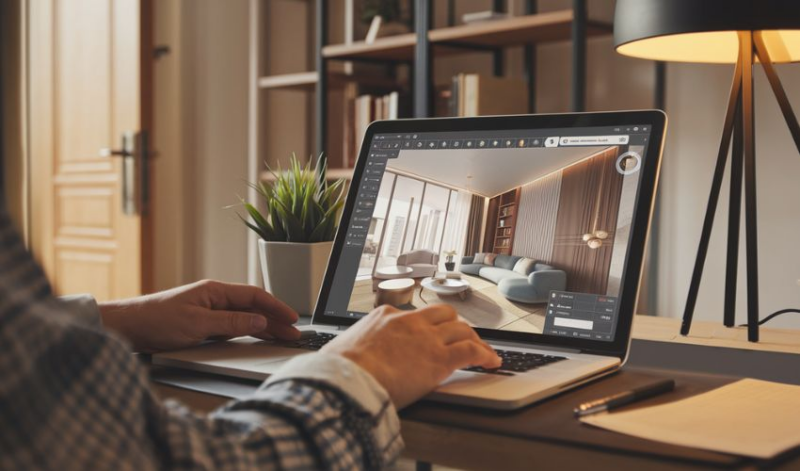
Designing the premises for your business is more than just an aesthetic decision; it’s a strategic one that can influence customer experience, employee productivity, and brand identity. It is crucial to create a space that not only aligns with your business’s vision but also caters to the practical needs of your operations.
Whether you’re setting up a cutting-edge tech company, a cozy café, or a bustling retail store, the design of your physical environment should embody the essence of your brand and facilitate the flow of your work processes. This section will explore key considerations such as layout planning, compliance with regulations, creating a conducive work atmosphere, and ensuring comfort for both employees and clients.
Understanding Your Brand and Audience
Creating a space that resonates with your brand’s unique identity starts with a deep understanding of your brand and the audience it serves. To design premises that truly reflect your brand, identify your mission, vision, and core values your business stands for. These foundational elements should be the guiding principles in every decision made about your space’s aesthetic and functional aspects. Consider how the design can highlight your company’s innovative spirit, dedication to craftsmanship, or commitment to sustainability.
The colors, materials, and layouts you choose should manifest your brand’s ethos physically and speak directly to your audience’s hearts and minds. Understanding your target audience is equally essential. Knowing who your customers are allows you to tailor the design of your premises to appeal to their preferences and needs, enhancing their engagement with your brand.
Use your brand colors, logo, and other visual elements consistently throughout the space to create a familiar and immersive brand experience for clientele and staff members. A commercial architect or interior designer can help you bring your brand’s story to life through design elements such as lighting, signage, and furniture. Also, remember to leave room for flexibility and adaptability in your design, as your brand and audience may evolve.
Strategic Layout Planning
Efficient layout planning is key to optimizing the flow of people and processes within your business premises. When designing the layout, it’s important to focus on streamlining operations to enhance efficiency. This includes minimizing unnecessary movement by strategically placing equipment, furniture, and amenities in locations that support the workflow. The goal is to create an intuitive path of travel for both customers and employees, ensuring they can move easily and safely throughout the space.
Carefully consider the placement of high-traffic areas to avoid congestion and ensure that there is clear signage to guide individuals to different areas within the business. Safety should be paramount, with ample space for emergency exits and compliance with ADA accessibility standards. To foster an organized and functional environment, consider creating zones within the premises for different activities, such as reception, workstations, break areas, and private meeting rooms.
Accessibility must be a top priority when determining the layout of your premises to ensure inclusivity and legal compliance. An accessible design guarantees that individuals with diverse abilities can easily use and navigate the premises. This includes adherence to the Americans with Disabilities Act (ADA) by incorporating features like wheelchair ramps, elevators, wide doorways, and accessible restrooms.

Consider using braille signage, auditory cues, and other aids for those with sensory impairments. Aside from being a legal imperative, an inclusive environment sends a powerful message about your company’s commitment to welcoming all clients and employees, strengthening your brand’s reputation as a socially responsible entity.
Selecting the Right Furniture and Equipment
Choosing the right furniture and equipment is essential for aesthetics and functionality. Furniture should resonate with your brand’s image and provide comfort and support to users, contributing to better health and productivity. Investing in quality equipment that matches the technical requirements of your business can prevent frequent breakdowns and inefficiencies. Be sure to consider the future growth of your company when selecting furniture and equipment to avoid frequent, costly upgrades.
Incorporating Technology
Technology integration within your premises can significantly enhance efficiency and customer experience. From advanced point-of-sale systems to comprehensive inventory management software, including modern technology solutions within your premises should be deliberately aligned with your business’s goals. For example, retailers can boost sales with interactive kiosks that allow customers to browse products or check out without waiting in line. At the same time, a restaurant might integrate a tablet-based ordering system that streamlines the dining experience and kitchen operations.
Similarly, businesses can foster customer engagement through digital displays that showcase promotions, social media feeds, or educational content related to their products or services. The strategic integration of technology caters to a tech-savvy consumer base and supports your staff by creating a more agile work environment.
Lighting and Acoustics
Lighting and acoustics are often overlooked aspects of business premises design, but they can significantly impact the mood and experience of customers and employees. Natural lighting enhances productivity, reduces stress levels, and promotes overall well-being. Therefore, incorporate as much natural light into your design as possible through large windows or skylights.
If natural light is not an option, ensure that artificial lighting is well-distributed and adjustable to different areas of the premises. Consider using energy-efficient lighting solutions to reduce costs and contribute to sustainability efforts. Similarly, acoustics can be crucial in creating a comfortable atmosphere for work and leisure. Utilize acoustic panels or other sound-absorbing materials to minimize noise pollution within the premises.

As we conclude, the importance of meticulous design in setting up your business premises cannot be understated. A thoughtfully designed environment aligns with your brand’s identity, serves the functional needs of your daily operations, and creates a lasting impression on your clientele and staff. Remember that the design process involves aesthetic appeal, practical layout, comfort, and compliance with regulations.
Collaboration with design professionals can ensure that every aspect — from technological advancements to the subtle influences of lighting and acoustics — works harmoniously to support your business objectives. Ultimately, the investment in a well-designed business environment pays dividends by enhancing the productivity of your team and the satisfaction of your customers, laying a solid foundation for your company’s success.












